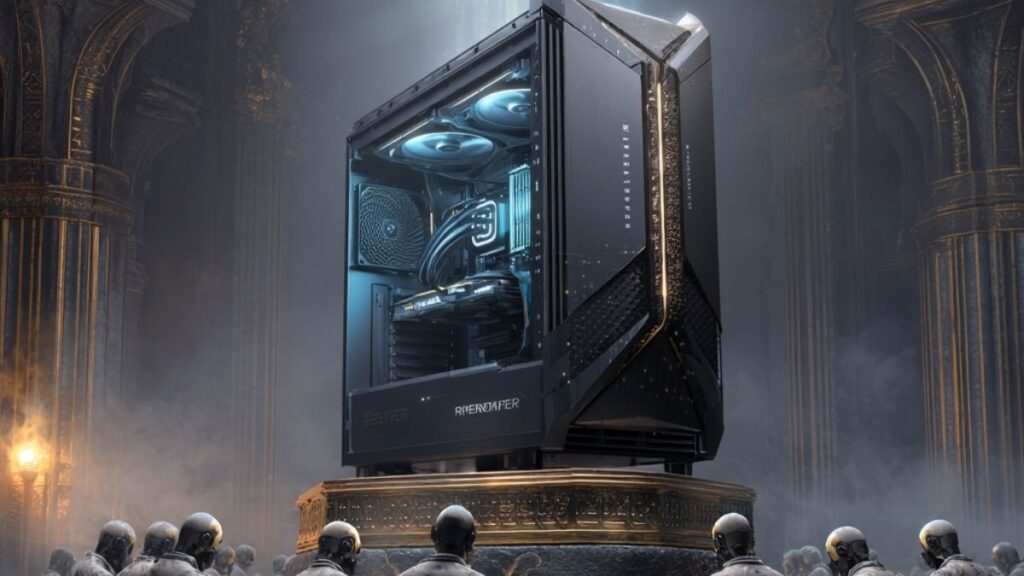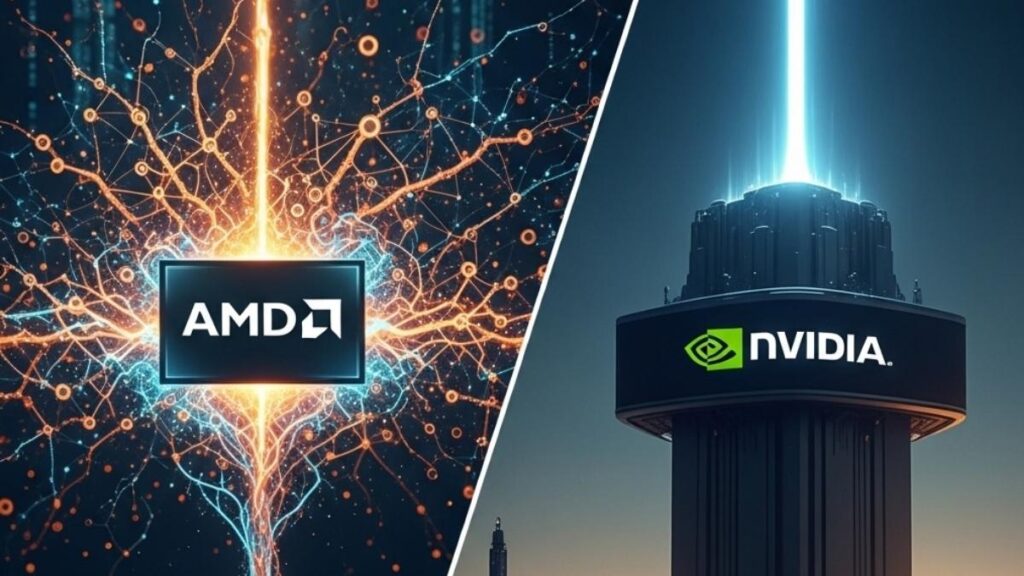Sometimes it’s all about the cores, particularly when it comes to creating video and VR content. AMD’s new Threadripper and Epyc processors currently have a significant advantage when it comes to creating video content because many of the tools are set up to use every thread a system can generate. While the major brands were slow to see this opportunity Velocity Micro is using these new AMD parts to step on the competition. Given that in most industries—particularly the film industry—time is money, they could take market share with the work stations they just announced.
Let’s talk about the dynamics of an Epyc Threadripper workstation this week.
The Problem with Change
It has been a long time since AMD had parts that could challenge for leadership in the CPU space and much of the industry is used to AMD being a low-cost provider of mid to low performing parts. Once you lock in on a mindset it is hard to get people to see a person or a company differently and this has created a drag on AMD’s ability.
However, when this happens, and it is rare, it is often the smaller firms that seem to catch on that the event provides an opportunity to displace their larger competitors particularly in focused markets and with the small to mid-sized companies they typically sell to.
That is the case here I think. Velocity Micro saw the opportunity and created a line of products focused largely on the TV and film market (the VR market is still in its infancy) and opened an opportunity to expand share.
Velocity Micro’s Offering
There are three products in Velocity Micro’s new line they are:
RS-1- This is their balls-to-the-wall offering and—while it isn’t cheap—it is an amazing value given the performance. Starting at $4095, this uses 2 Epyc processors for a total of a whopping 128 cores and features Radeon Pro graphics cards to complete the configuration.
RS-2– This is likely the most interesting product for the mid-market because it uses a Threadripper processor with 16 cores and Radeon Pro graphics in a highly tuned configuration for $2999. This is far more affordably and likely hits the sweet spot for performance for most mid-market film editing needs.
RS-3– This follows the trend to create a small form factor workstation which is only 13 inches tall and 12.5 inches deep and has Radeon Pro graphics. This would be ideal for managers or employees who need to review work but whose creation needs are more modest and uses Ryzen 7 as the solution. It has an even more modest price of $1,999 to start.
These are all entry prices and they can get significantly more expensive if you increase memory, upgrade the graphics solution or change out storage. For instance, on the R-3 you can use a 2TB Samsung 960 PCIe 3.0 SSD, but it will increase the price by $1,660. Several configurations also offer a choice of AMD or NVIDIA graphics solutions to better comply with software solution requirements.
But for those that use products like this, price is generally not a huge issue because time for them is money and the extra performance a massively threaded system provides can cut days, weeks, and even months out of editing a feature length film or TV show.
Wrapping Up
AMD has returned to the performance space with Epyc and Threadripper with a vengeance. These new parts are particularly attractive to firms or individuals doing photo or video editing. But AMD’s recent history and image which took them away from the performance space is making it hard for some vendors to wrap their heads around what these parts can now do.
Velocity Micro is using this as an opportunity to grow share and has launched three new configurations to address this opportunity. It should help them gain share and showcase that AMD, at least when it comes to video creation, is extremely competitive now and clearly playing at the top of their game again.
- Apple’s Latest Magic Show: A Super-Thin Phone Nobody Wanted and Two Gadgets You’ll Actually Buy - September 12, 2025
- Google’s Antitrust Defeat: How the U.S. Government Handed Microsoft a Huge Advantage - September 9, 2025
- More Than Moore’s Law: AMD’s 30-Year Masterclass in Corporate Responsibility - September 2, 2025




This is called recency bias and OEMs will be surprised very soon.
Imagine that Intel is selling 2P 22 cores for $10K and the EPYC 2p 32 cores costs less than $10K!
Only a blind would settle for 22 cores @ $10K vs 32 cores @ $9K and with a superior overall architecture!